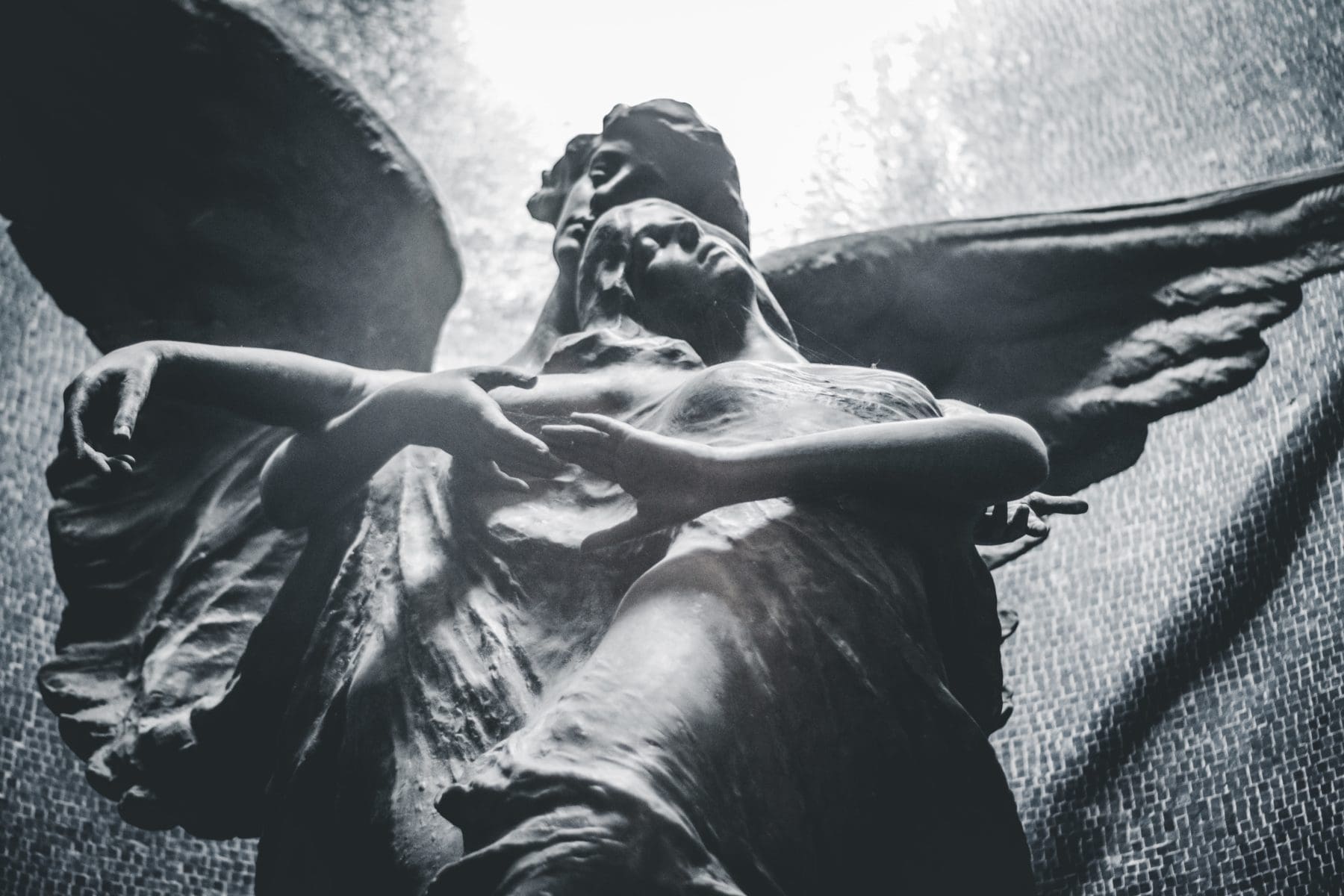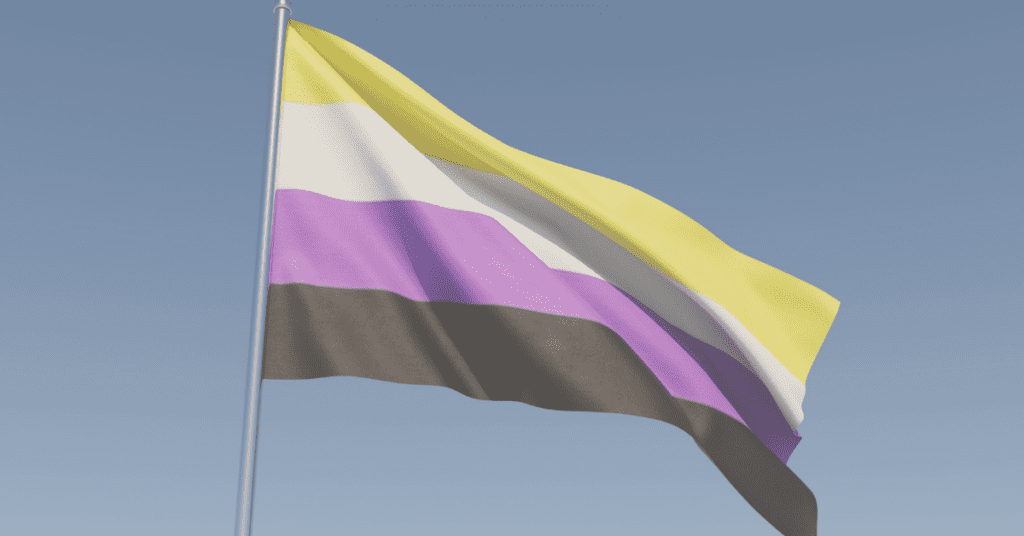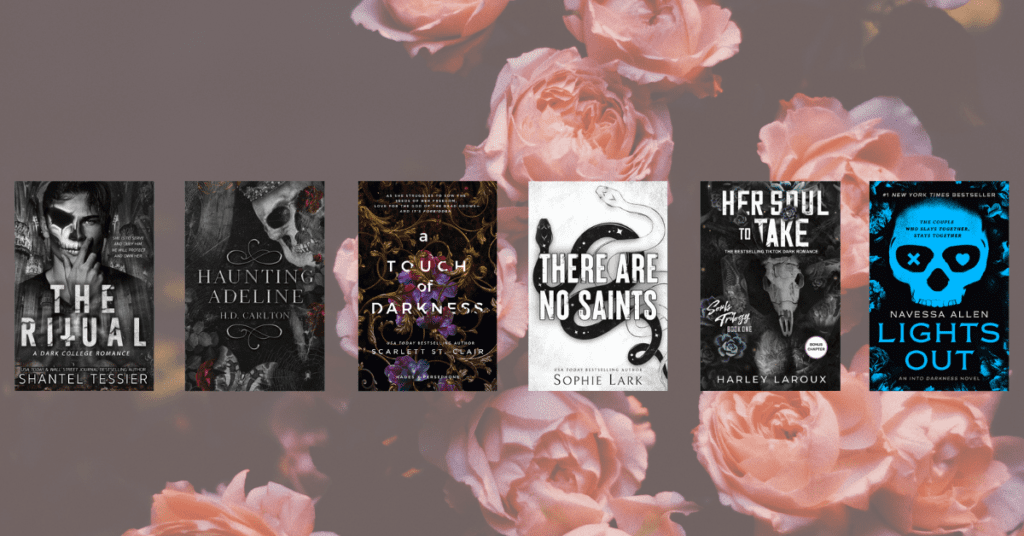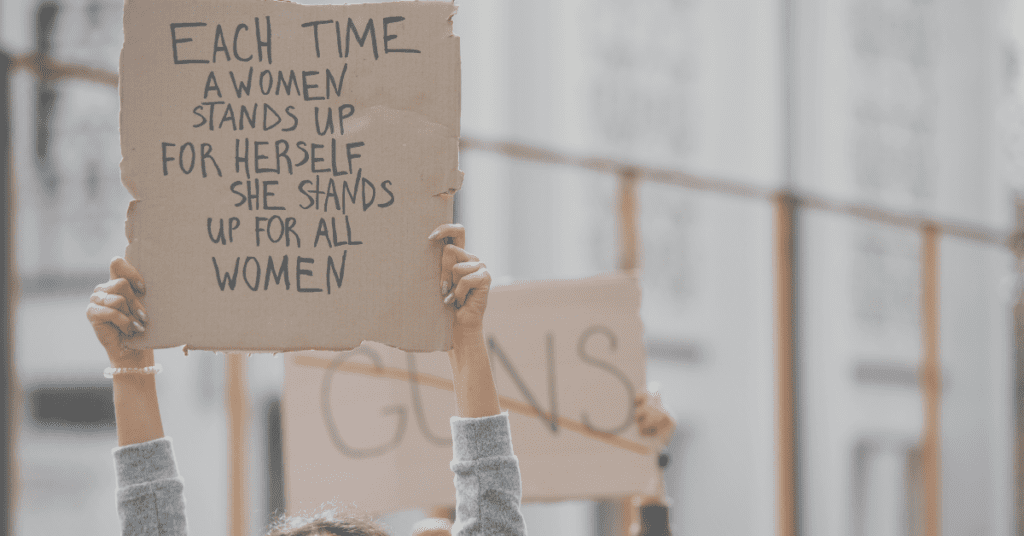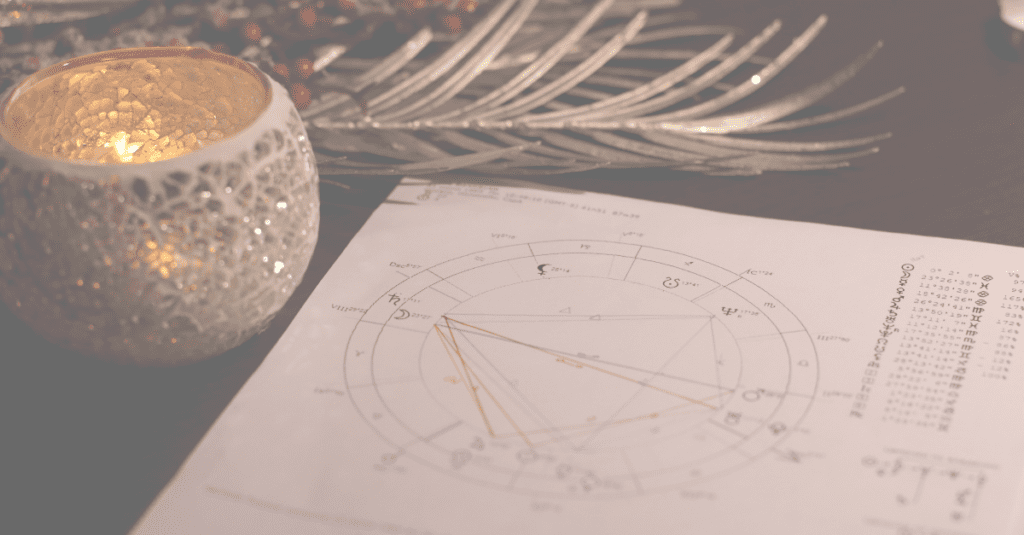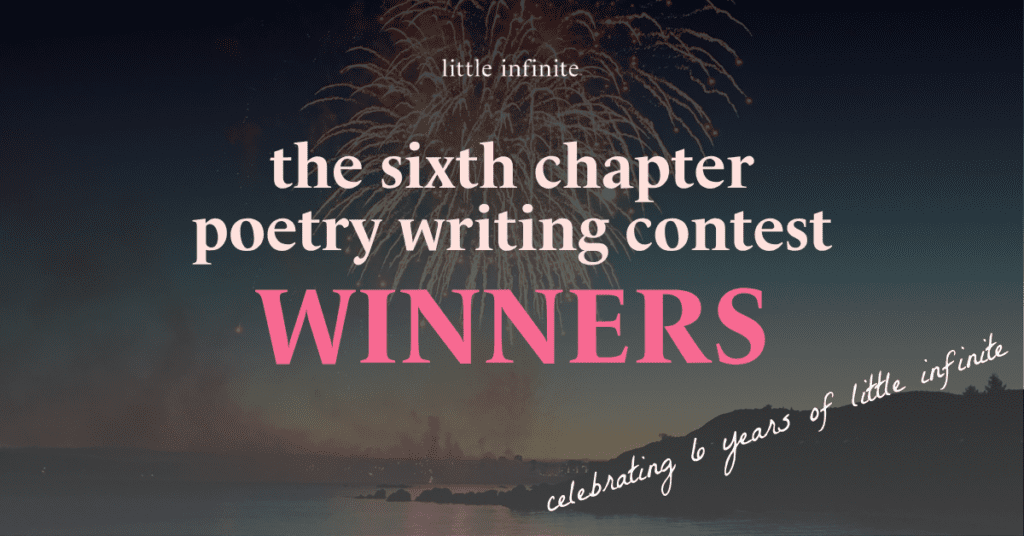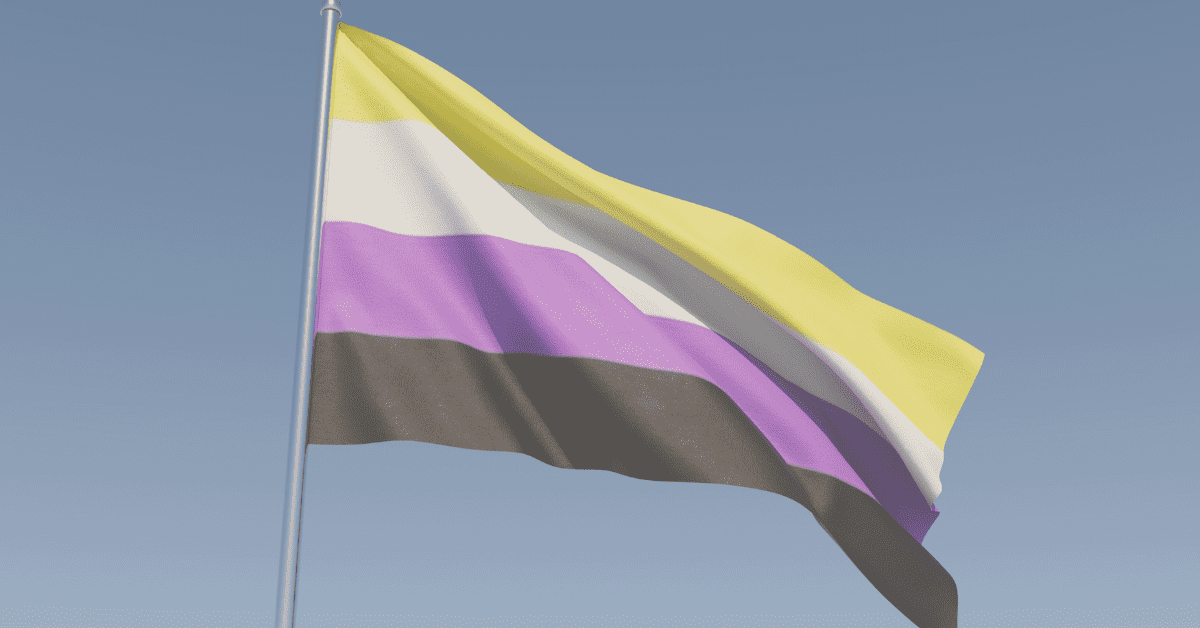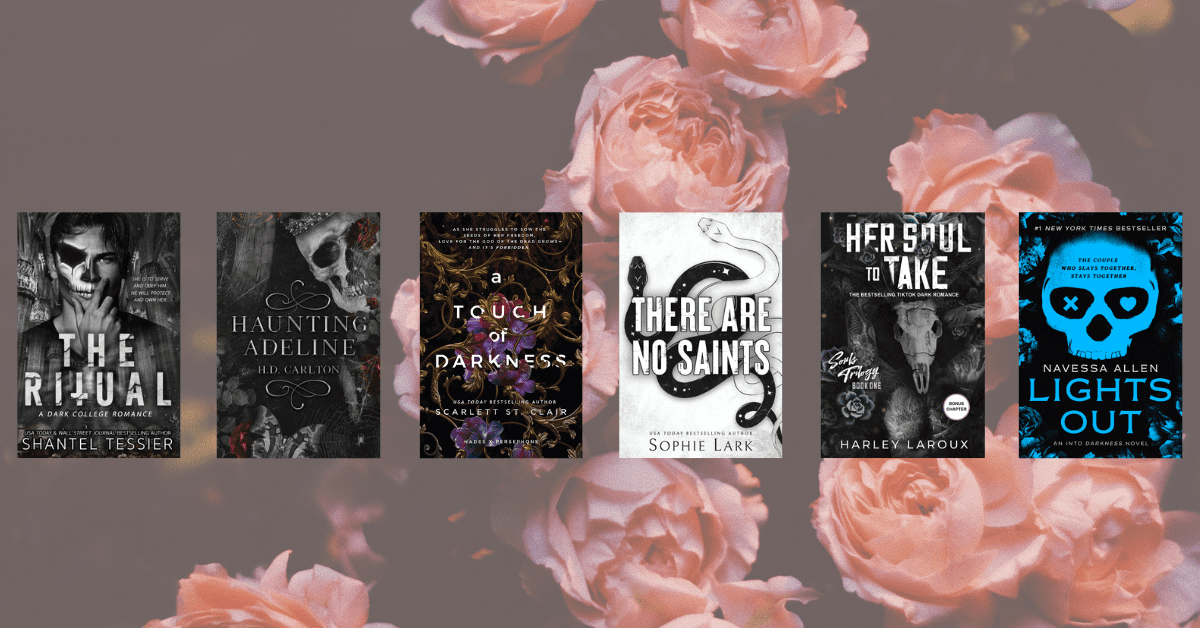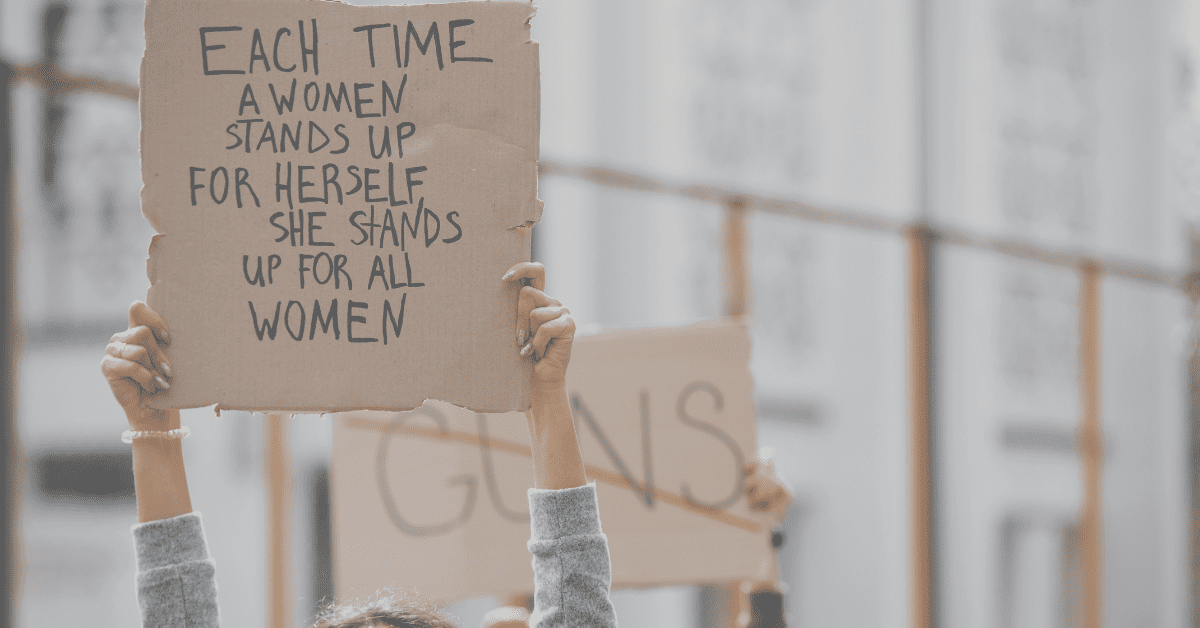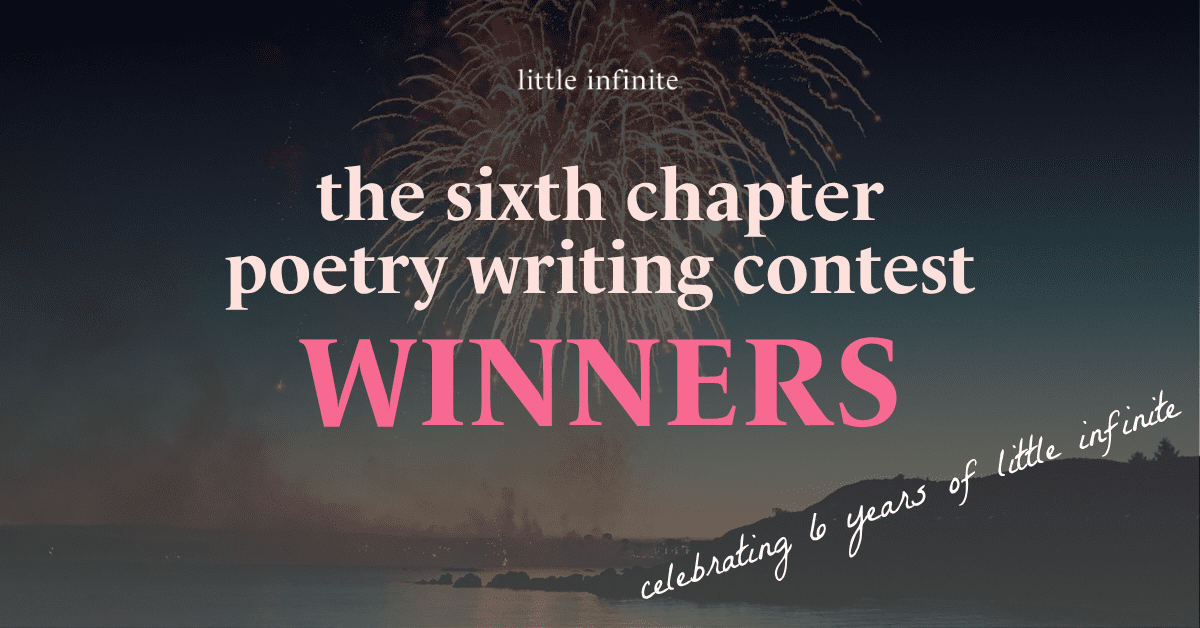Not all versions of good versus evil are well-defined.
Whether it’s heaven and hell, morality versus temptation, or heroes against villains, the classic theme of good versus evil is common in literature. However, this theme can take on a variety of forms in poetry.
From long-form epic poems recreating the story of Genisis, to short pieces confronting the evil of heartbreak, not all poems on this topic are the same. Some poems might convince you to side with evil, while others offer a look at how life is a bit of both. Others keep their commentary hidden under beautiful imagery and lyrical verses.
We’ve collected a few poems that discuss this timeless battle. From European renaissance poet John Milton to Harlem renaissance poet Langston Hughes, see how this theme has changed and adapted over time.
Paradise Lost, by John Milton
There isn’t a more classic story of good vs. evil than the story of God versus the Devil. Renaissance poet, John Milton is best known for his epic poem Paradise Lost. This extremely long poem tells the story of the Devil tempting Adam and Eve to eat the apple from the tree of knowledge.
While this usually isn’t the type of poem people read in their free time, there is something to be said about reading at least the first book of the poem. Written in his perspective, the Devil tells readers about how he was cast from heaven to live in hell. He describes God as a selfish and controlling being and that he, the Devil, deserves your pity. It’s pretty convincing.
While this poem looks at the classic fight between heaven and hell, it does a great job of showing each side of the argument. Most importantly, the beginning of this poem can be sung to the Flintstones theme song, which is reason enough to read it.
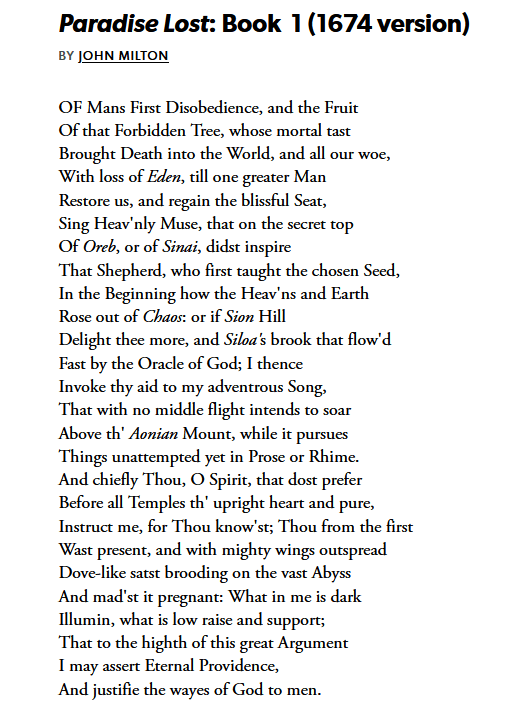
The Good in the World of Evil, by Rebecca Hazelton
Even when everything seems to be going perfectly, it’s only a matter of time before that peace is disturbed. The outside world starts to creep in and so do the evils that surround us every day. Hazelton shows that even in an evil world, there is still good. Not every terrible thing is a tragedy. Sometimes there is happiness.
Good can be found in the small moments of life, watching a butterfly or picking berries. While that doesn’t mean that there isn’t something bad or evil lurking around the corner, it shouldn’t diminish the good in the world. Hazelton shows that there is light in the darkness.
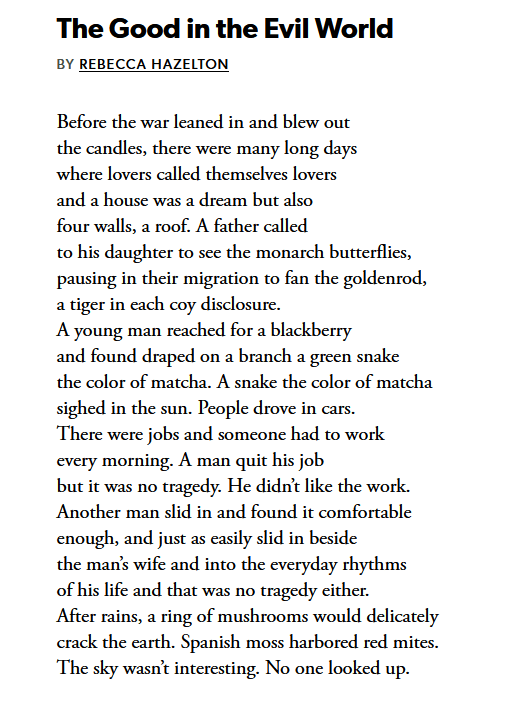
On Good and Evil, Kahlil Gibran
Good and evil are always opposites, but just because something is good, doesn’t mean that the opposite is evil. In his poem, Kahlil Gibran showcases how this is true. For example, he suggests that when a person knows themselves, they are good. However, just because someone doesn’t know themselves doesn’t make them evil. It means that they are still searching.
Gibran tells readers that just because they don’t fit the description of what is “good,” doesn’t mean they are inherently evil. It is the act, the want, and the drive to be “good” that makes people good. Most importantly, that goodness is a different journey for everyone. This idea can be extended to any number of coveted qualities because everyone is on a different path.
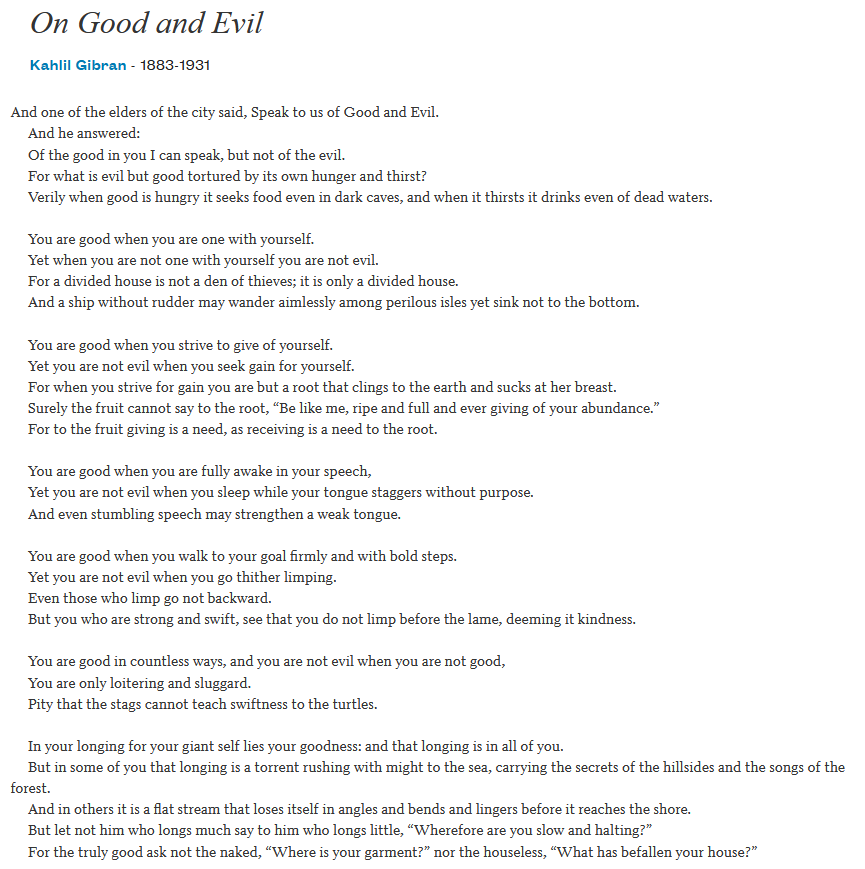
Evil, by Langston Hughes
Langston Hughes was a prolific writer during the early 1900s. A key voice during the Harlem Renaissance, his work captured the voices of Black America at the time. But what makes this short poem special is how it captures the feeling of seeing evil while others choose to ignore it. It’s a feeling that many still feel today.
Hughes wrote about true experiences, which many didn’t want to hear about. But even though he was told to stop, he didn’t because it was important that people saw what was happening in his world. This poem describes just that. Hughes sees “evil” and knows that it doesn’t drive others crazy. So, he chooses to keep on talking about it until it starts to drive them crazy too.
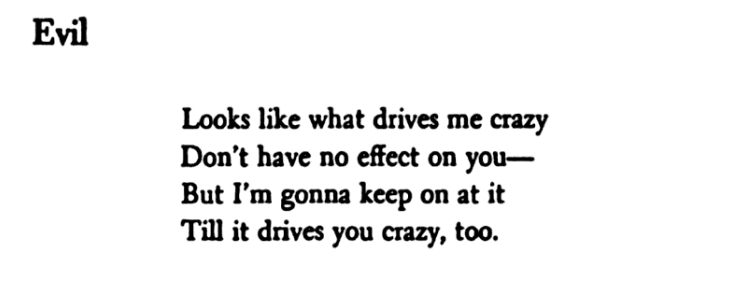
Lemon Tree, by Landis Everson
Instead of looking at good versus evil, Landis Everson writes about the two forces in balance where they originated, the Tree of Good and Evil. While the traditional story features an apple as the fruit of this tree, Everson chooses a lemon. He paints a picture of the lemon before the “betrayal” and how God changed it afterwards.
Looking at good and evil through the lens of the fruit not only gives readers a unique alternative to the traditional stories but offers insight into humanity. His poem tells of how God made the lemons bitter tasting and thorny, but despite this, humans still eat them. Humans take this bitter fruit and sweeten it. Even now, humans eat the fruit that wants to be left alone.
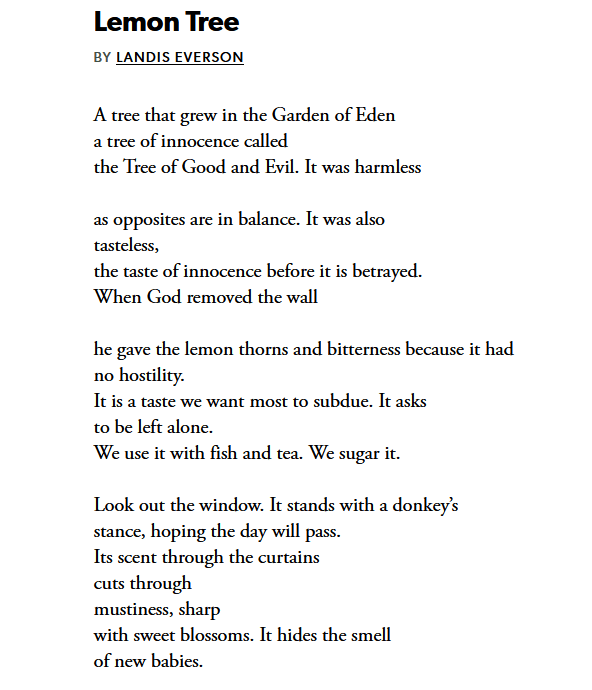
While the theme of Good vs. Evil is prevalent throughout poetry, each poem approaches it differently. Poems don’t have to be about gods and devils, heroes and villains, or right and wrong. Poetry can continue to examine good vs evil in unique and inspiring ways. What are some of your favorite poems on this topic?
To stay up-to-date, make sure to keep an eye out for more of little infinite’s featured content as we celebrate poetry, books, and this beautiful hot mess we call life on Facebook, Instagram, and Twitter.
Photo by Luigi Boccardo on Unsplash
